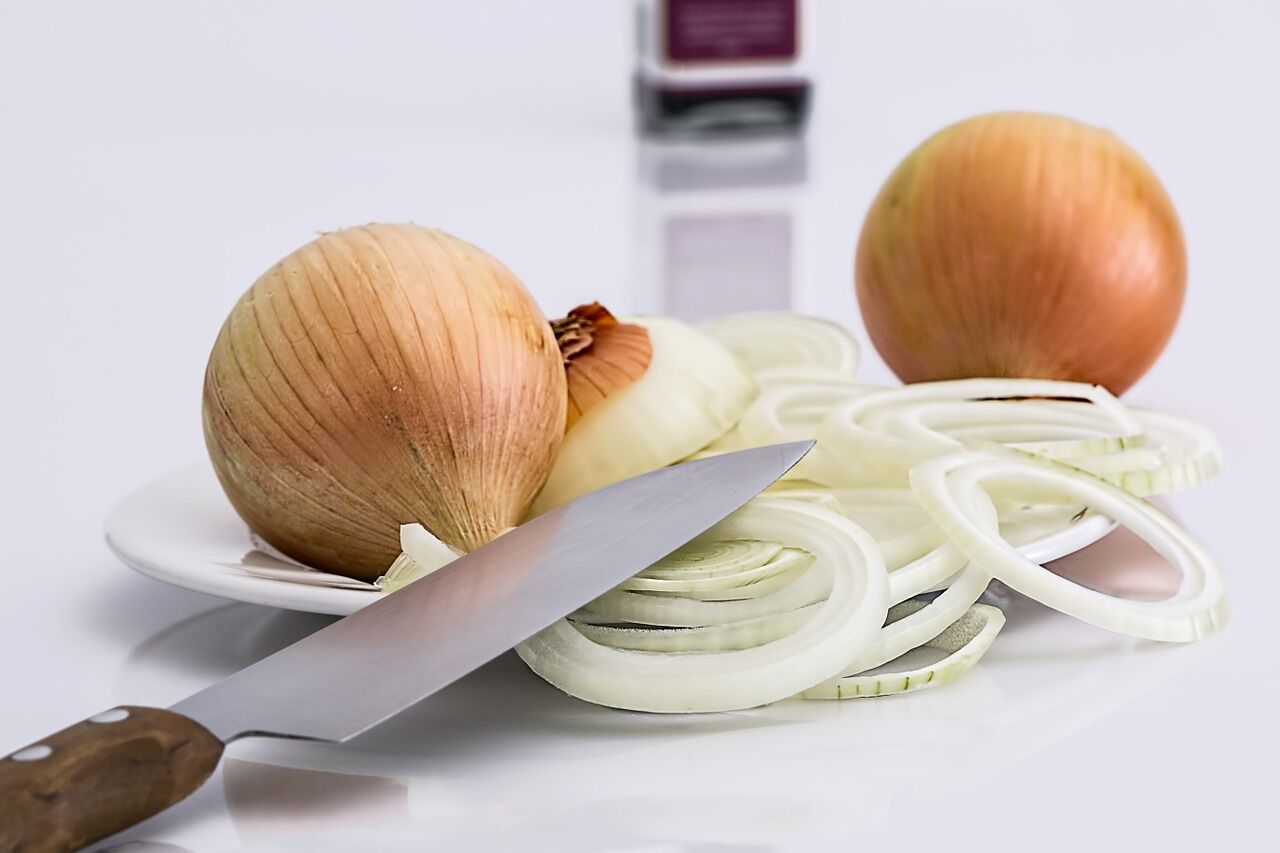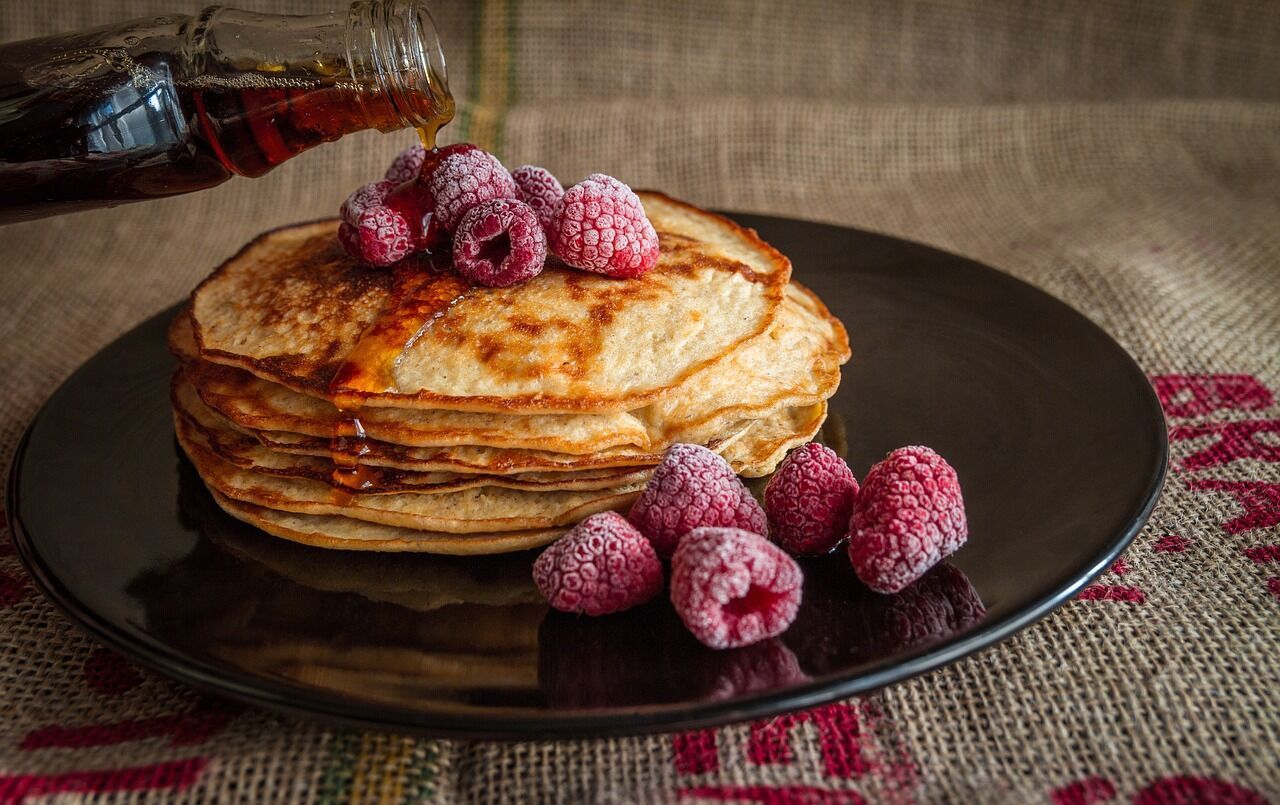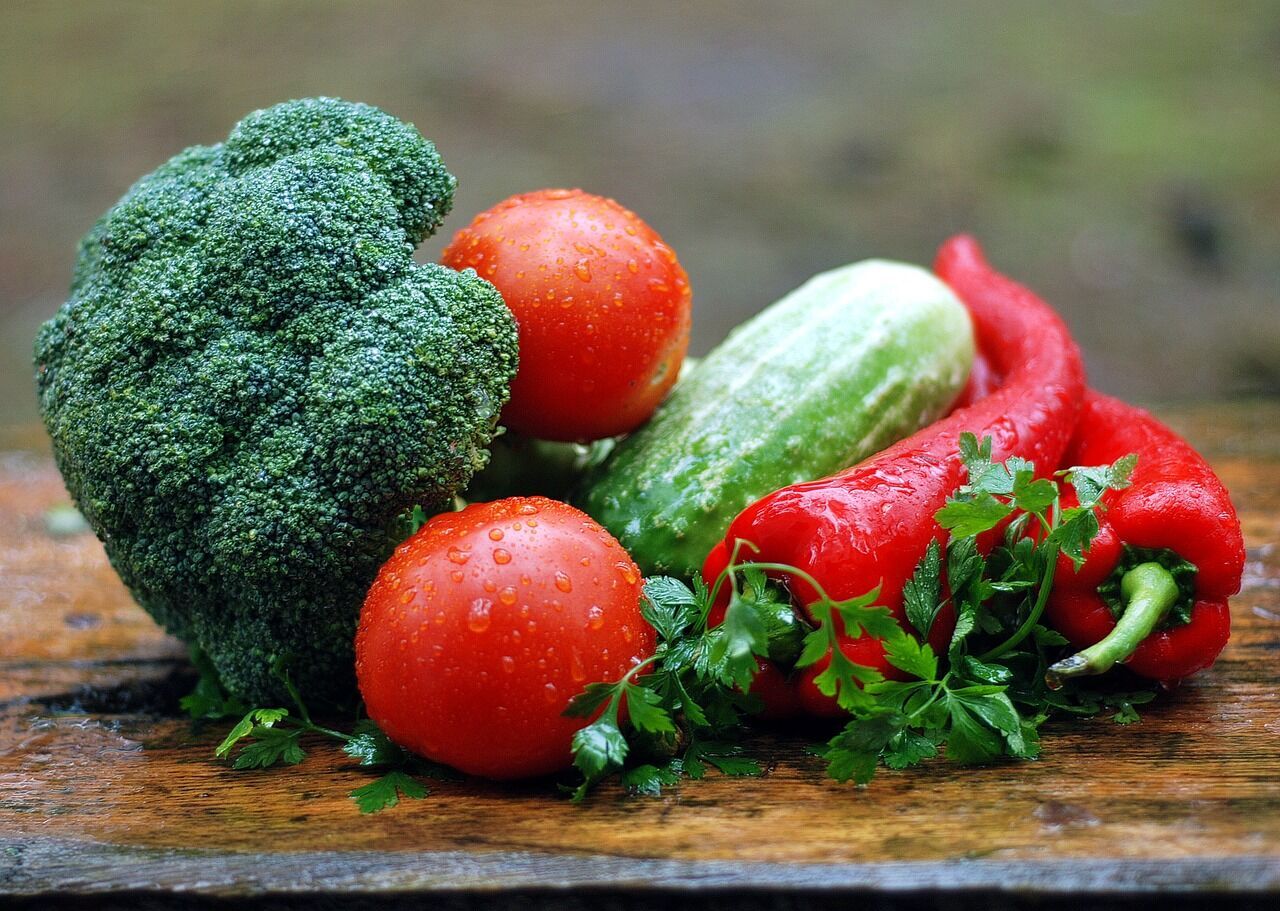William (he calls himself TNTell the YouTuber) came to me while I was working on my website and was so excited that he made his own chocolate milk without asking for help (he says he can do that because he is 6). He said he wanted to make a video on how to make […]
Category: Cooking & Food Storage
Various articles on food storage, food preparedness, cooking, and general kitchen stuff
Kitchen Knife Safety Tips: How to use Knives like a pro
One common item that you will find in every kitchen is at least one knife. There are different kinds of knives in cutlery sets, and each particular knife has a different function altogether. Popular kitchen knives being boning knife, bread knife, chef’s knife, but there are other specialty kinds also. Similarly, you will find different […]
Healthy Breakfast Tips For Busy Mornings
Just like good work requires preparation, a good day requires that you have a rich, fulfilling breakfast. Having breakfast within an hour after waking up has some surprising health benefits. It will boost up your metabolism and prevent you from consuming high-calorie foods at night. Some would say that breakfast is the most important meal […]
8 Ways to Save Money on Food But Still Eat Well
Who doesn’t like to eat healthily? A diet composing of organic fruits and veggies along with the premium quality cereals and other edibles seems to be the desire of almost everyone. Howbeit, what comes as an obstacle is the high price tag. We often quit the urge to eat healthy in order to save our […]
6 Ways to Teach Your Child to Cook
Cooking is one of life’s valuable skills that you can teach your child. In this way, they will appreciate food safety and nutrition in addition to building their science, math, and fine motor skills. Bringing your kid into the kitchen space can open a whole new world for them where they learn about different flavors, […]





